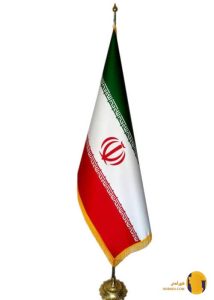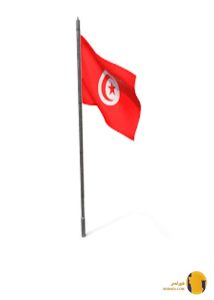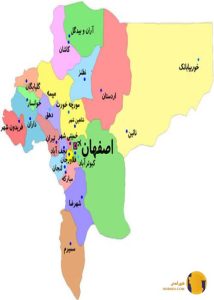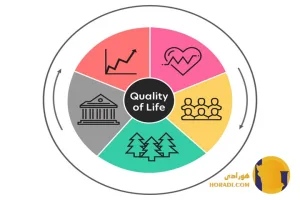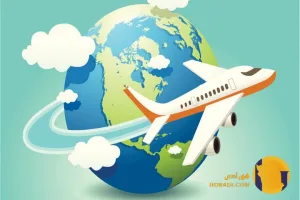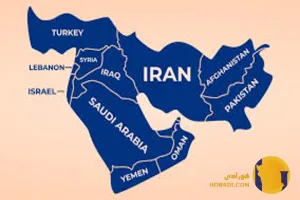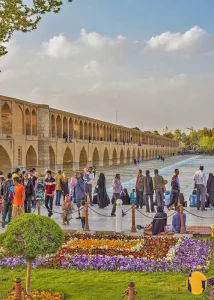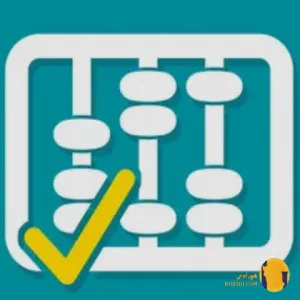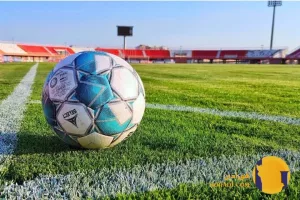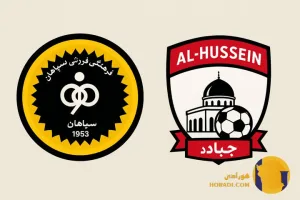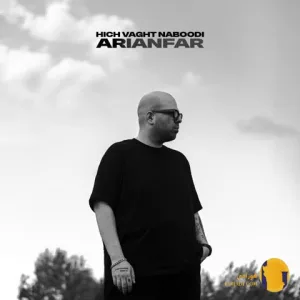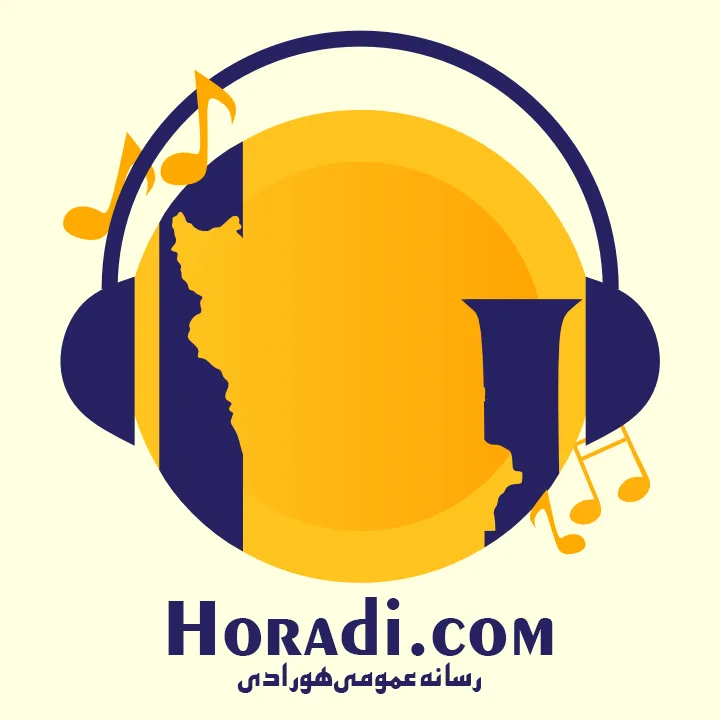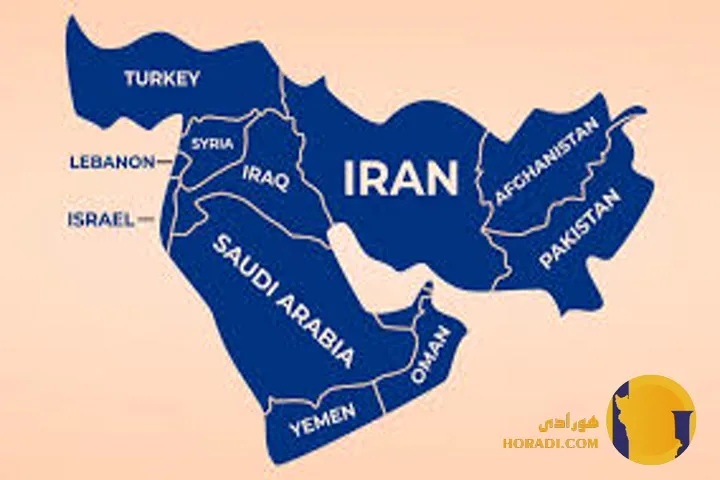
What is Happening in the middle east right now
The Middle East has always been one of the most complex and dynamic regions in the world, where political transitions, conflicts, cultural changes, and economic shifts are constantly shaping the future. In 2025, the Middle East remains a focal point of global attention, not only because of its strategic location and vast energy resources but also due to its role in global security, regional rivalries, and aspirations for modernization. What is Happening in the middle east right now
From ongoing wars and peace efforts to economic diversification projects and youth-led social movements, the Middle East today is in the middle of both challenges and opportunities that will likely influence international politics for years to come.
Ongoing Conflicts in the Middle East
Conflict has been a defining feature of the Middle East, and in 2025, several flashpoints remain active. The civil war in Syria, although less intense than in its early years, continues to create instability with regional powers like Turkey, Iran, and Russia still involved. In Yemen, the fragile ceasefire is constantly tested, with humanitarian crises persisting and millions of civilians facing food insecurity. The Israeli–Palestinian conflict also continues to spark regional and global debates, especially as new waves of violence erupt periodically.
In Iraq, political instability and the influence of militias continue to complicate governance. At the same time, tensions between Iran and its regional rivals, particularly Saudi Arabia and Israel, still shape much of the geopolitical landscape, even as occasional diplomatic efforts attempt to ease hostilities.
Iran and the Shifting Power Balance
Iran remains a central player in Middle Eastern politics. In 2025, it continues to pursue regional influence through alliances with groups in Lebanon, Syria, Iraq, and Yemen. The lifting or re-imposition of international sanctions has a major impact on Iran’s economy, shaping how the government responds to internal dissent and external pressure. Domestically, Iran faces widespread protests over economic hardship, women’s rights, and political repression, signaling a society increasingly demanding change.
On the international stage, Iran’s nuclear ambitions remain a point of contention. Negotiations with global powers continue, but mutual distrust often stalls progress. Meanwhile, Iran is deepening ties with countries like China and Russia, hoping to counterbalance Western influence in the region.
Saudi Arabia and Vision 2030
Saudi Arabia is attempting to redefine itself through Vision 2030, Crown Prince Mohammed bin Salman’s ambitious reform plan aimed at reducing dependence on oil, modernizing society, and opening up the country to tourism and foreign investment. In 2025, these reforms are progressing, with new mega-projects such as NEOM gaining attention worldwide.
At the same time, Saudi Arabia is maintaining its regional leadership role. Its diplomatic efforts have seen both rivalry and cooperation with Iran, particularly regarding stability in Yemen and energy market decisions through OPEC. Domestically, while reforms are opening the country socially and economically, concerns remain about political freedoms and human rights.
The Ongoing Israeli-Palestinian Struggle
The Israeli-Palestinian conflict remains unresolved and continues to generate cycles of violence. In 2025, Israel’s political scene is still fragmented, with debates over security, settlement expansion, and relations with Arab neighbors shaping policy. On the Palestinian side, divisions between the West Bank leadership and Hamas in Gaza weaken the chances of unified negotiations.
International involvement remains strong, with the United States, European Union, and regional Arab states frequently attempting to broker peace, though a lasting solution still feels distant. For ordinary Palestinians and Israelis, the struggle continues to shape daily life and future aspirations.
Turkey’s Regional Role
Turkey under President Recep Tayyip Erdoğan remains a key power broker in the region. In Syria, Turkey continues its military operations while also hosting millions of refugees. Ankara has positioned itself as both a mediator and a challenger in conflicts, balancing relations with NATO, Russia, and Middle Eastern neighbors.
Turkey’s growing involvement in energy politics, particularly as a hub for gas pipelines, also gives it leverage. However, domestic political challenges and an economic crisis have forced Ankara to adjust its regional ambitions, though it still seeks to remain a dominant force in Middle Eastern affairs.
Economic Diversification Across the Region
While oil and gas remain crucial to the economies of the Middle East, 2025 shows a strong push toward diversification. Countries like Saudi Arabia, the United Arab Emirates, and Qatar are investing in renewable energy, technology, and tourism. The UAE continues to be a global business hub, while Qatar, following the successful hosting of the 2022 World Cup, is positioning itself as a center for sports, diplomacy, and cultural exchange.
Meanwhile, smaller states like Oman and Bahrain are making efforts to attract foreign investment, though challenges such as high youth unemployment and political restrictions remain obstacles.
Youth, Women, and Social Movements
The Middle East has one of the youngest populations in the world, and in 2025, youth-led movements continue to shape political and social change. From Lebanon to Iraq, protests against corruption, unemployment, and poor governance highlight growing frustration with the status quo.
Women’s rights are also evolving, particularly in places like Saudi Arabia and Iran, where legal and cultural battles continue. Social media has amplified these movements, giving young people and women new tools to organize, spread messages, and challenge traditional structures.
The Role of External Powers
The Middle East continues to be a stage for competition among global powers. The United States maintains military and diplomatic influence, though its role has shifted toward supporting allies rather than leading large-scale interventions. Russia remains involved, particularly in Syria, while China increases its economic presence through the Belt and Road Initiative.
These external actors influence both conflict dynamics and economic opportunities, ensuring that the Middle East remains interconnected with global affairs.
Humanitarian Challenges
Humanitarian crises remain widespread in the Middle East. Syria, Yemen, and parts of Iraq face millions of displaced people and refugees. Lebanon struggles with economic collapse, pushing large segments of its population into poverty. Aid organizations continue to warn about famine, health crises, and lack of education for millions of children across the region.
Climate change adds another layer of challenge. Rising temperatures, water scarcity, and desertification threaten agriculture and food security, intensifying the struggles of already vulnerable populations.
The Road Ahead
The Middle East in 2025 is defined by a paradox of instability and hope. While conflicts, authoritarian governments, and economic struggles persist, there is also evidence of resilience, reform, and innovation. Youth movements, ambitious modernization projects, and regional diplomacy hint at a possible shift toward greater cooperation and progress.
The world will continue to watch the Middle East closely, as the choices made today will shape not just the region’s future but also global security, economics, and culture.



